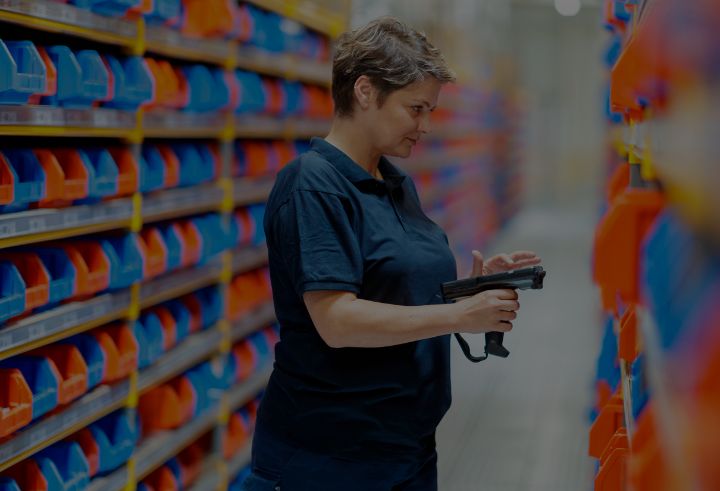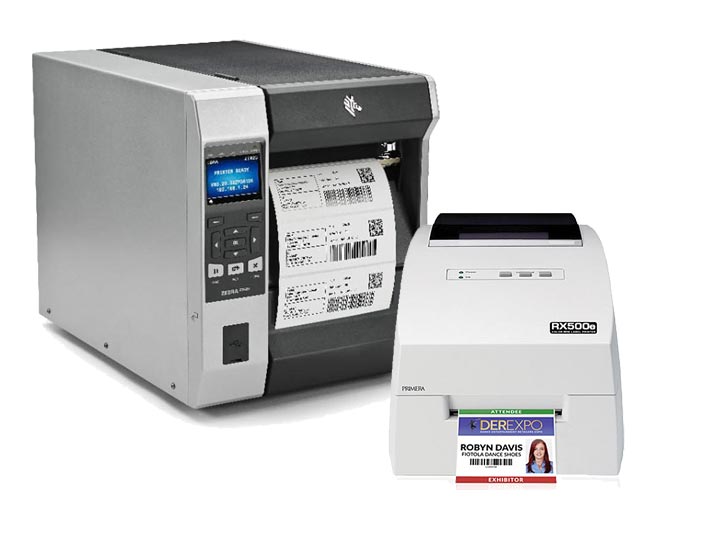Low frequency RFID systems
- Frequencies range from 30KHz to 300 KHz, but typically between 125KHz and 134KHz.
- The reader must be close to the tag, within around 10cm.
- Relatively slow read speed.
- Long wavelength that allows signals to penetrate solid materials and high water content.
- Not very sensitive to radio wave interference.
- Not often recommended for an RFID asset tracking system – more commonly used for access control.>




















